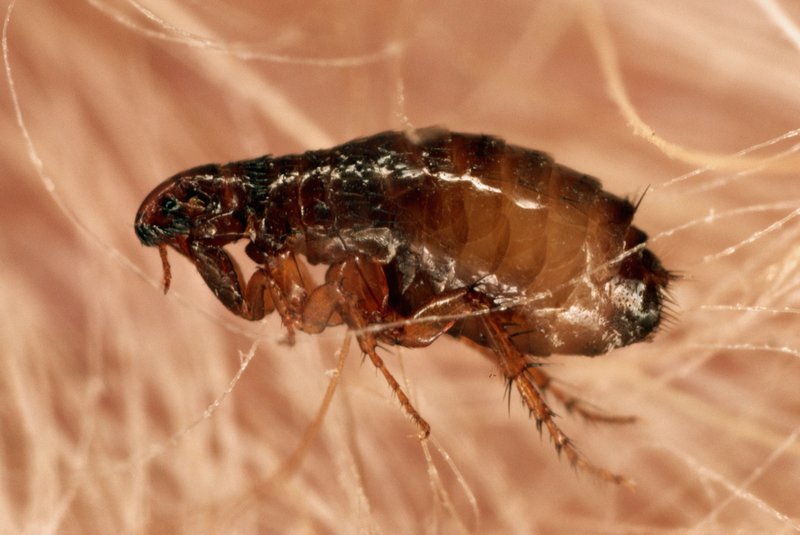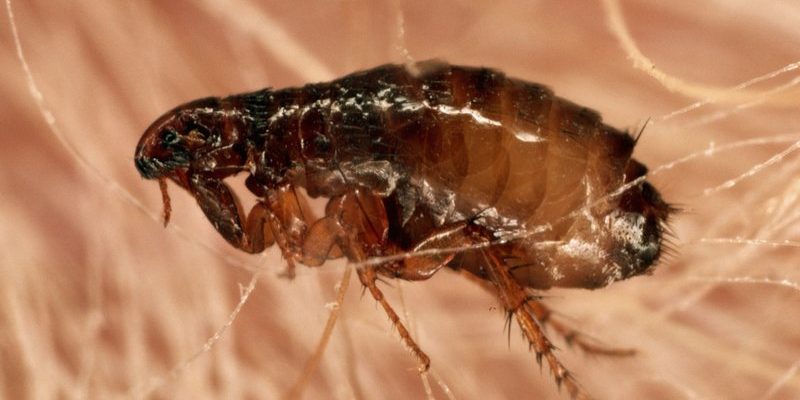
Think of fleas like the ultimate survivalists. They’ve adapted to thrive in various environments, making them a prime subject for scientists curious about evolution and adaptation. With their unique biology and remarkable resilience, fleas have offered insights into genetics, behavior, and even their role in ecosystems. So, how exactly have scientists studied these critters? Let’s dive into the fascinating world of flea research.
The Anatomy of a Flea: A Closer Look
To appreciate fleas, we first need to understand their anatomy. Fleas are small, wingless insects typically measuring about 1.5 to 3.3 mm in length. Their bodies are flat, allowing them to move easily through their host’s fur or feathers. This unique shape isn’t just for show; it helps them navigate tight spaces and makes them harder to spot.
Scientists have conducted detailed studies on the morphology of fleas to learn how their body parts work together. For example, fleas have specially adapted mouthparts that allow them to pierce skin and feed on blood. Their legs are incredibly powerful—some species can jump up to 200 times their body length! This amazing ability is due to a specialized structure called the resilin, which acts like a spring. Understanding these physical traits is crucial for researchers looking to innovate pest control methods.
Additionally, dissecting flea anatomy has revealed a lot about their reproductive systems. Female fleas can lay up to 50 eggs a day, and studying this process helps scientists understand population dynamics. All these elements make fleas a model for studying insect physiology and evolution.
Flea Behavior: What Makes Them Tick?
Flea behavior is another key area of study. Researchers have looked into how fleas find their hosts, reproduce, and even interact with each other. Imagine a flea’s world: they sense heat and carbon dioxide, which guide them to their next meal—often a furry pet or a passing animal. Understanding these behaviors can help improve flea control products and strategies.
For instance, scientists have found that fleas use specific cues to detect their hosts. They are incredibly sensitive to vibrations, which can indicate the presence of a potential host. This behavior is fascinating because it highlights how evolution shapes survival strategies. The more we learn about how fleas interact with their environment, the better we can develop effective prevention methods for flea infestations.
Additionally, studying flea behavior can shine a light on broader ecological interactions. Fleas are not just pests; they are part of a larger food web, serving as prey for various animals. Their behavior, including their feeding and mating patterns, plays a crucial role in maintaining the balance of different ecosystems.
The Evolution of Fleas: A Historical Perspective
When we think of fleas, we often picture them today, but what about their past? Scientists have used fossil records and genetic studies to trace the evolution of fleas. Fossils of fleas have been found in amber, dating back millions of years. These discoveries allow scientists to map out how fleas have adapted over time.
Through genetic analysis, researchers have identified various flea species and their relationships to each other. This work has provided insights into how fleas evolved alongside their hosts, such as mammals and birds. The co-evolution of fleas and their hosts offers a fascinating glimpse into the complex dynamics of nature.
Understanding flea evolution is important for several reasons. It helps scientists comprehend how these insects have survived and adapted to changing environments and hosts. Moreover, it sheds light on the history of vector-borne diseases, as fleas have been known to transmit various pathogens throughout history, affecting both human and animal health.
Fleas as Vectors: The Disease Connection
Fleas are notorious for being more than just pests; they are also carriers of several serious diseases. One of the most famous is the plague, caused by bacteria spread through flea bites. This connection has led researchers to study fleas extensively to understand how they transmit diseases and what implications this has for public health.
Scientists have examined the biology of fleas to understand their role in disease transmission. Research has focused on how fleas acquire pathogens, how these pathogens replicate within the flea, and how they are transmitted to hosts. This knowledge is vital for developing strategies to control flea populations and prevent outbreaks of flea-borne diseases.
The study of fleas as disease vectors has also led to advancements in various fields, including medicine and epidemiology. By understanding the biology and behavior of fleas, scientists can better predict and manage disease transmission, ultimately protecting both human and animal health.
Innovative Research Techniques in Studying Fleas
As technology evolves, so do the methods scientists use to study fleas. Traditional observation and dissection are still important, but modern techniques have introduced new dimensions to flea research. For instance, genomic sequencing allows scientists to study the genetic makeup of fleas in great detail, uncovering information about their resistance to pesticides or their evolutionary history.
Additionally, researchers have started using behavioral assays to observe flea interactions in controlled environments. These experiments can help scientists understand how fleas respond to different stimuli and how they adapt to various conditions. It’s like giving them a stage to perform on, allowing us to watch their behavior closely.
Another exciting area of research involves using molecular techniques to study flea physiology. Scientists can examine how fleas metabolize food, respond to their environment, and interact with the pathogens they carry. This kind of research not only deepens our understanding of fleas but also inspires new pest control technologies and methods.
Why Studying Fleas Matters
You might be wondering, “Why go through all this trouble to study fleas?” The answer is simple: fleas serve as excellent models for understanding larger biological concepts. By studying fleas, scientists can gain insights into insect physiology, evolution, and ecology, which apply to many other species as well.
Moreover, understanding fleas helps tackle practical issues like pest management and disease control. With the rise of antimicrobial resistance, knowing how fleas transmit diseases becomes even more crucial. Better understanding flea biology can help us develop safer and more effective control strategies, protecting both humans and animals.
Lastly, flea research can spark interest in biological sciences among students and the public. When we learn about these tiny creatures, we discover a whole world of interconnectedness in nature. Fleas may be small, but they play a big role in our ecosystems, making their study worthwhile.
In conclusion, while fleas might seem like mere nuisances, the scientific inquiry into their biology, behavior, and evolution is essential. From providing insights into ecological dynamics to aiding in disease control, studying fleas can lead to significant benefits in various fields. So, the next time you spot a flea, remember that it’s not just a pest—it’s a little marvel of nature, full of secrets waiting to be discovered.

